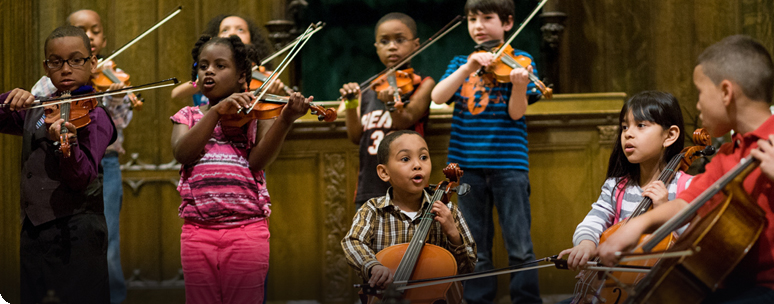“Small actions, repeated over time, transform us. As the master vocal coach Linda Septien put it, “This ain’t magic, and it ain’t rocket science. It’s about working hard, and working smart.”
Excerpt From: Coyle, Daniel. “The Little Book of Talent.” Bantam Books, 2012-08-21. iBooks.
